Ever found yourself hesitating to ask a guest to remove their shoes, only to be told by someone, like your mother-in-law, that you’re being discourteous? You’re not alone! It’s a surprisingly polarizing topic that touches on cleanliness, cultural customs, and hosting etiquette. So, is it really rude to request this, or is it simply a matter of personal preference?
Understanding the Cultural Context of Shoe Removal

One of the biggest factors shaping opinions on this issue is culture. In many Asian and Scandinavian households, removing shoes is not just polite—it’s a must. It’s seen as a sign of respect and a way to keep homes clean and sacred. On the other hand, many Western cultures don’t place as much emphasis on this practice. Guests often keep their shoes on indoors, and requesting otherwise might be considered unusual.
Does this mean you shouldn’t ask guests to remove their shoes if it’s part of your household tradition? Absolutely not! The key is recognizing that cultural norms differ. Being aware of these differences can help you approach the topic in a way that’s both respectful and confident.
Health and Hygiene: The Case for Bare Floors
If you’ve ever looked at the bottom of a pair of shoes after a long day, you already know they’re not exactly clean. Shoes can track in dirt, bacteria, and allergens that could easily spread around your home. For families with small kids crawling on the floor or those with allergies, maintaining a shoe-free home can be a lifesaver.
Think about it: would you want the same shoes that trudged through public bathrooms or muddy sidewalks to stomp across your living room carpet? Probably not. Explaining this perspective to your guests can make your request feel less like an arbitrary rule and more like a thoughtful choice for the health of everyone in the household.
Does Hosting Etiquette Really Say No to Shoe Removal?
Traditional hosting etiquette often emphasizes guest comfort, suggesting that making guests feel at home should be your top priority. But modern etiquette acknowledges that it’s equally important to respect the host’s rules. After all, it’s your home, and you’re entitled to set boundaries.
The trick is finding a balance. Yes, you want your guests to feel comfortable, but you also want to feel comfortable in your own space. Asking guests to remove their shoes doesn’t have to be a big deal—it’s all about how you frame the request. Approach it with kindness, and most guests will happily comply.
Managing Family Dynamics: When Your Mother-in-Law Disagrees
Let’s face it: family dynamics can complicate even the simplest decisions. If your mother-in-law insists that asking guests to remove their shoes is “rude,” it can feel like you’re caught in the middle. So, how do you handle this without creating tension?
Start by having a calm conversation. Explain why this practice matters to you—whether it’s about cleanliness, cultural tradition, or personal preference. Acknowledge her perspective, but make it clear that this is a decision you’ve made for your home. Compromise can help here; for example, you could consider allowing exceptions for certain guests or occasions while sticking to your rule in everyday situations.
How to Politely Ask Guests to Remove Their Shoes
So, how do you actually ask someone to take their shoes off without sounding rude or awkward? It’s all about tone and preparation. Here are a few tips:
- Set the Tone Beforehand: If possible, let guests know about your shoe-free policy before they arrive. A simple mention in an invitation—like, “Feel free to bring comfy socks; we’re a shoe-free household!”—can go a long way.
- Provide Comfort: Make the transition easier by offering a designated shoe rack by the door and providing clean slippers or cozy socks for guests who might feel uncomfortable going barefoot.
- Use Polite Language: When guests arrive, frame the request as a preference rather than a demand. For example, “We usually ask everyone to leave their shoes at the door to keep things clean. Thanks so much!”
When you approach the topic with thoughtfulness, most people will appreciate your effort and won’t think twice about slipping off their shoes.
Balancing Tradition and Modern Practices
Incorporating traditions while respecting modern hosting practices can be a delicate dance. Traditional etiquette might emphasize catering to guests’ every need, but modern hosting often focuses on mutual respect and consideration. Striking the right balance means blending these approaches.
For instance, if you’re hosting a formal dinner party and you know some guests might find shoe removal awkward, consider making an exception for that event. But during casual gatherings or day-to-day visits, stick to your shoe-free rule. Flexibility shows thoughtfulness while still honoring your personal boundaries.
When Compromise Isn’t an Option
What if you have guests who outright refuse to take their shoes off, or your mother-in-law insists on overriding your rule? In these cases, it’s essential to stand your ground politely but firmly. Your home is your sanctuary, and maintaining its cleanliness and comfort is your right.

If someone disagrees, remind them that this isn’t about being “rude” or “discourteous.” It’s about creating an environment that works for your household. Offering alternatives—like slippers for those who prefer not to go barefoot—can help smooth over any discomfort.
Conclusion: Creating a Home That Reflects Your Values
Ultimately, asking guests to remove their shoes isn’t rude—it’s a reflection of your values and preferences. Whether you’re motivated by cleanliness, cultural tradition, or personal comfort, it’s entirely reasonable to expect guests to respect your house rules. The key is clear, kind communication and a willingness to accommodate others’ needs whenever possible.
At the end of the day, successful hosting isn’t about rigid adherence to etiquette or sacrificing your boundaries. It’s about creating an environment where both you and your guests feel respected and at ease. So, go ahead—ask politely, offer slippers, and enjoy a clean, happy home that truly feels like your own.
Once Hailed as the ‘Most Iconic Supermodel,’ Here’s How Twiggy Looks in Her 70s
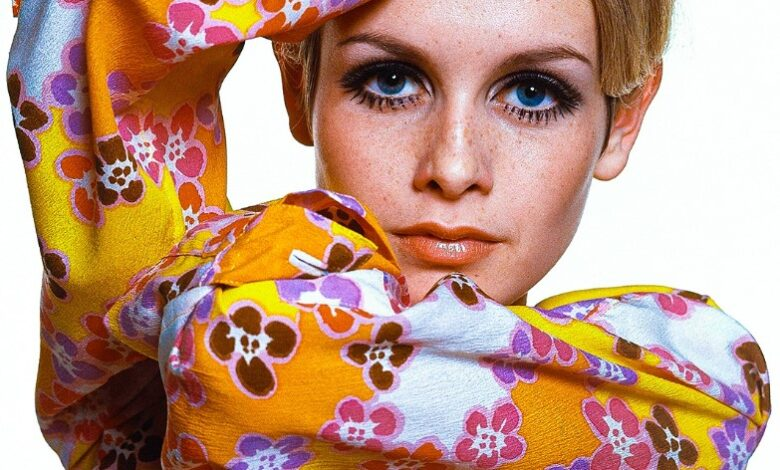
This English fashion icon, who set trends in the 1960s with her distinctive look and became a symbol of the era, remains as elegant as ever in her 70s. Today, fans are still in awe of her as she shows that true fashion never fades with age.
On September 19, 1949, this model, actress, and producer was born. By the time the ’60s rolled by, she was ready to revolutionize the fashion industry with her distinctive look and instantly recognizable style.

Her slim figure, pixie haircut, and striking eyes made her a global sensation and a symbol of a new era in modeling. Decades later, her influence still resonates in the fashion world, and fans are excited about how she has carried her iconic image into her 70s, maintaining the charm and elegance that first captivated the world.

Far from slowing down, she remains active in her personal and professional life, embracing her age gracefully. The star often engages in various pursuits, including appearances on television, fashion collaborations, and public speaking.

In September 2023, she collaborated with Vogue to recreate her Bert Stern original Vogue shoot from 1967. Despite her age, she flawlessly nailed the look as she noted, ” Everything came full circle for me in that moment.”
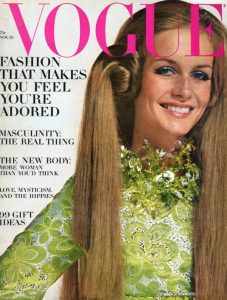
Fans immediately took to the comments section to share their thoughts. One wrote, “The most iconic of all the supermodels.” Another fan went down memory lane, writing, “I remember I was in 12th grade and did lower lash draw in and my sister got the short twiggy hair cut. You look amazing still. ”
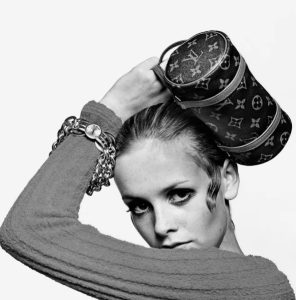
As she maintains a vibrant lifestyle, her passion for fashion and zest for life remains as strong as ever. Fans are also excited about her journey through the decades, which showcases a fascinating evolution of style that began in the vibrant 1960s.

A Look Back: From the ’60s to Now
The model burst onto the fashion scene in the 1960s, becoming the face of a new era with her slim figure, short blonde hair, big eyes, and androgynous style.

Discovered as a teenager, she quickly became an international sensation, embodying the youthful spirit of the decade. Her unique look broke the mold of traditional beauty standards, making her a trailblazer and a cultural icon.

1960s: The Rise of a Supermodel
In the 1960s, her boyish figure, dramatic eyelashes, and pixie haircut set her apart from the curvier models of the time. She became the embodiment of the “mod” look.
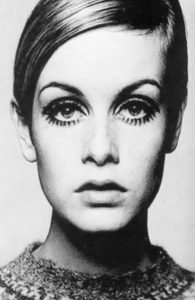
Her influence extended beyond modeling; She became a symbol of the changing attitudes toward women’s fashion, representing freedom and youth.

1970s: Expanding Horizons
As the 1970s rolled in, she transitioned from modeling to acting and singing, showcasing her versatility. She embraced the era’s trends and showcased a softer, more natural look.

Her style evolved to reflect the laid-back vibe of the decade while still maintaining her unique edge. By 1977, her career flourished as an actress.

She became known as a Broadway star, and her family and personal life also thrived. It was that year that she married American actor Michael Whitney.

1980s: Family Life and More
The star and her husband welcomed a daughter. Sadly, by April 1983, when their daughter was four, the couple had become estranged. In September of that year, she lost her husband as he collapsed in a Manhattan restaurant due to a heart attack.
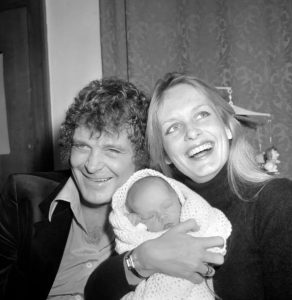
At the time of his death, she was going on stage to perform her hit musical “My One and Only,” and was not told the sad news until she finished her set.

Despite her loss, the model and actress’s fashion sense also matured. She adopted more classic and sophisticated styles while reflecting the decade’s trends.
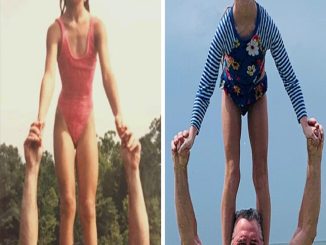


Leave a Reply